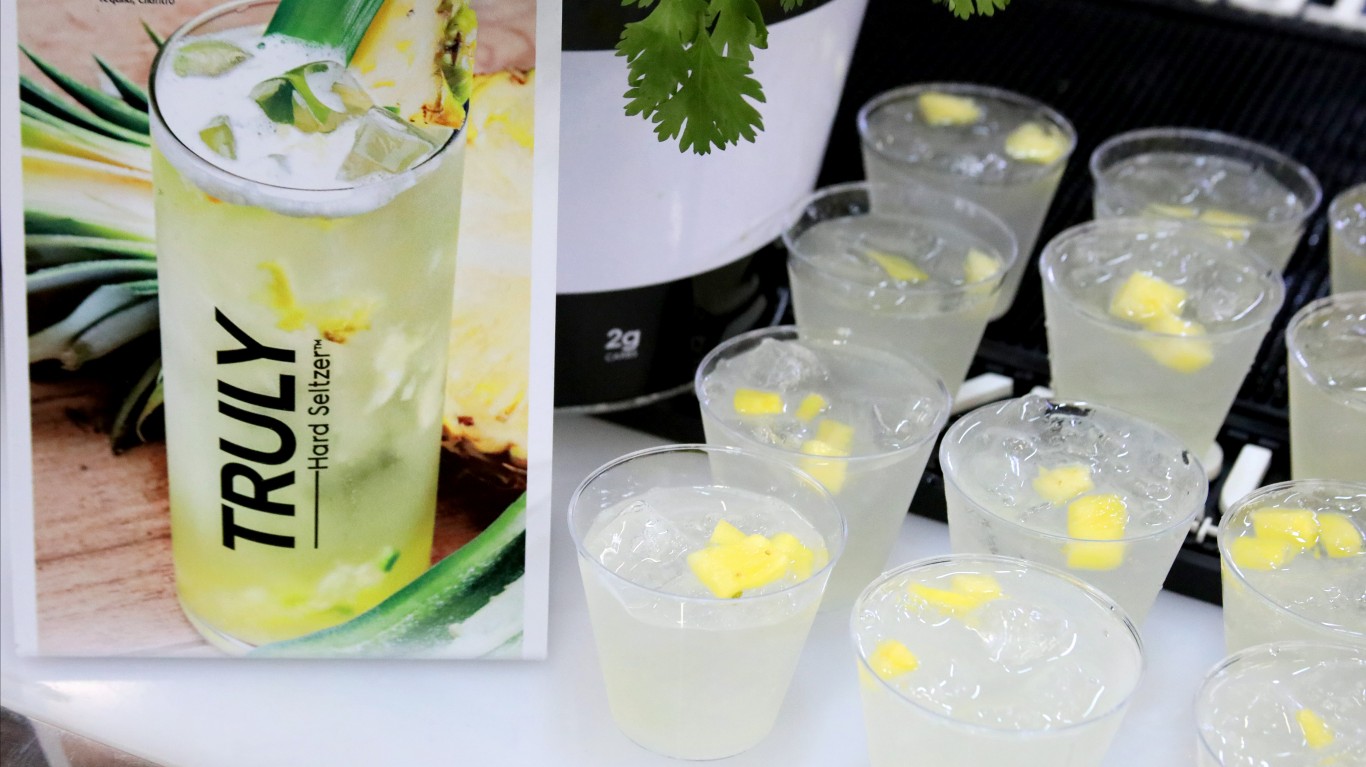
While once considered a novelty in the alcoholic beverage market, the advent of the product in 2013 and the introduction of White Claw and Truly in 2016 started the craze in motion, especially among young people.

The trend for drinking hard seltzers exploded in 2018 as people posting about White Claw on social media got the product moving. The hashtag #ClawLife made its debut, and in 2019, a YouTube video from Trevor Wallace made a zany parody video entitled “White Claw Summer,” which birthed the phrase “ain’t no laws when you’re drinking the claws.”
Sales skyrocketed, and White Claw ran short of product.

Sales of While Claw alone jumped from $154.8 million in 2018 to $627.2 million in 2019.
The Hard Seltzer trend sweeps the country, and everybody jumps into the game.

By the fall of 2019, the competition heated up and Truly started to change its product lineup to compete with White Claw. Brokerage firm UBS estimated the market will grow to $2.5 billion by 2021.
By 2020, every big alcoholic beverage maker will have jumped into the game, and the market will be saturated
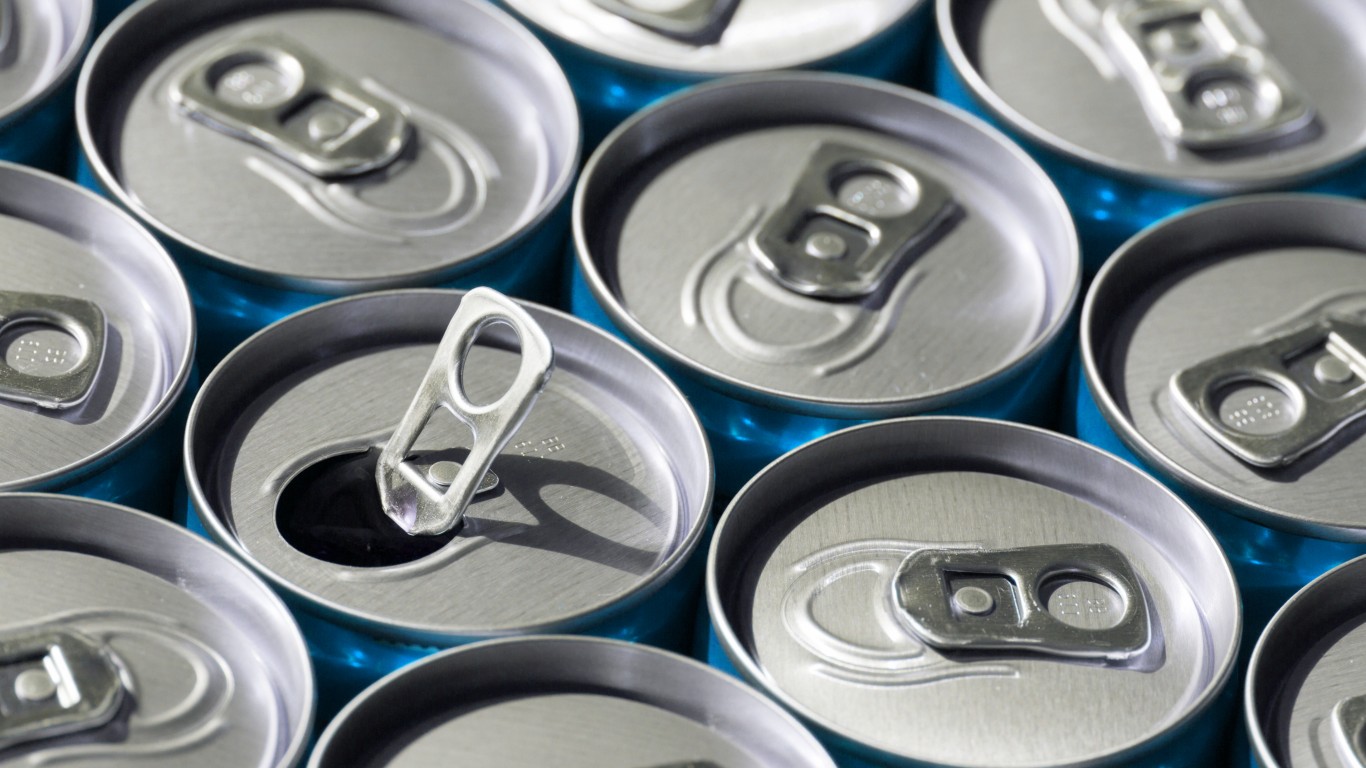
Here are some of the companies marketing complex seltzer products by the start of the new decade
- Boston Beer Company (NYSE: SAM)
- Natural Light
- PBR
- Constellation Brands (NYSE: STZ)
- Anheuser Busch InBev (NYSE: BUD)
- Molson Coors, Inc. (NASDAQ: TAP)
The pandemic hit as sales skyrocketed.

Trapped by the pandemic, hard seltzer lovers started pounding the drinks at home, and reports published in the fall of 2020 showed drinking was up 14% and hard seltzer was leading the charge as it attracted new customers ranging from Gluten Free aficionados to fraternity and sorority college kids.
Sales exploded as the pandemic wore on.

From May 2020 to May 2021, sales hit a massive $4.5 billion, with White Claw and Truly making up 75% of sales, according to NielsenIQ data.
Sales slowdown by 2022 as the fad started to lose its luster
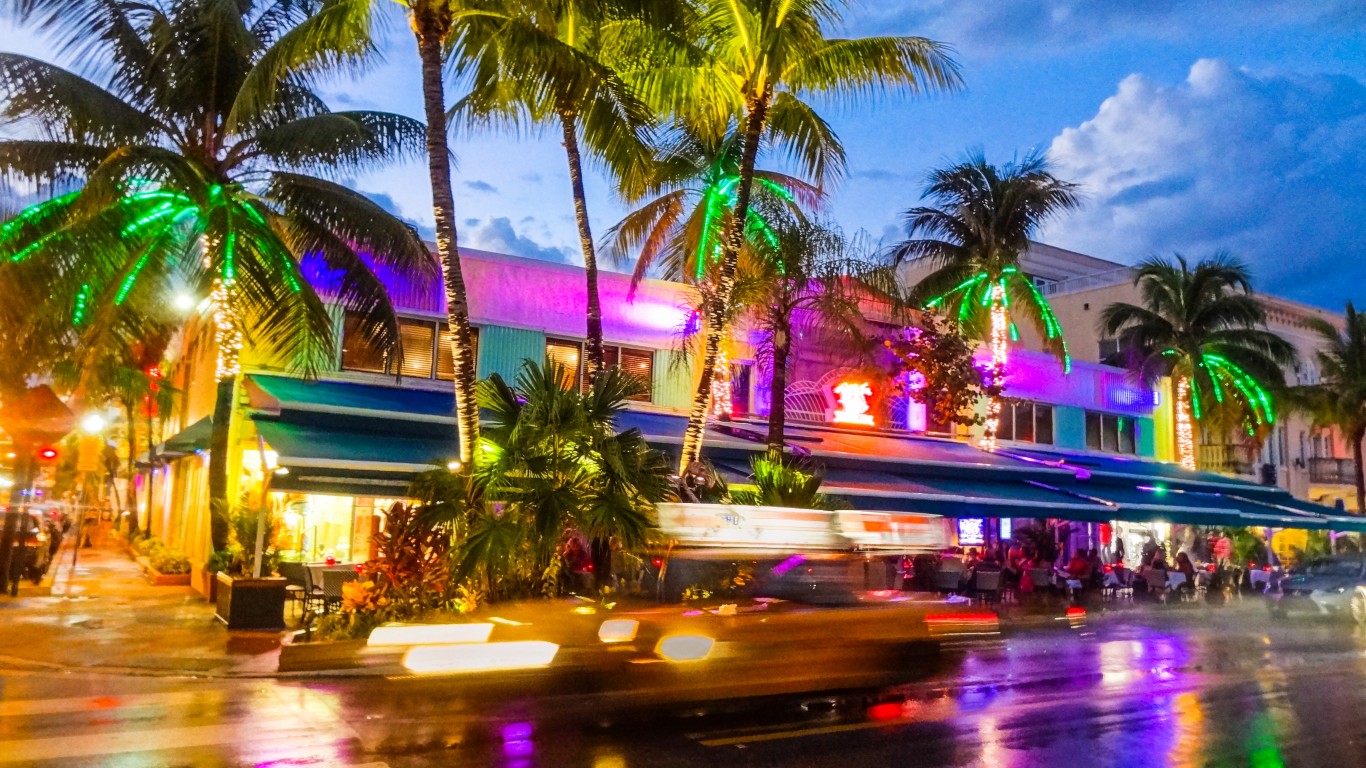
By the summer of 2022, the thrill was gone, and sales were reported to have dropped 165%.
Some large companies discontinued their products, while others, like Boston Beer, took a massive charge to earnings.
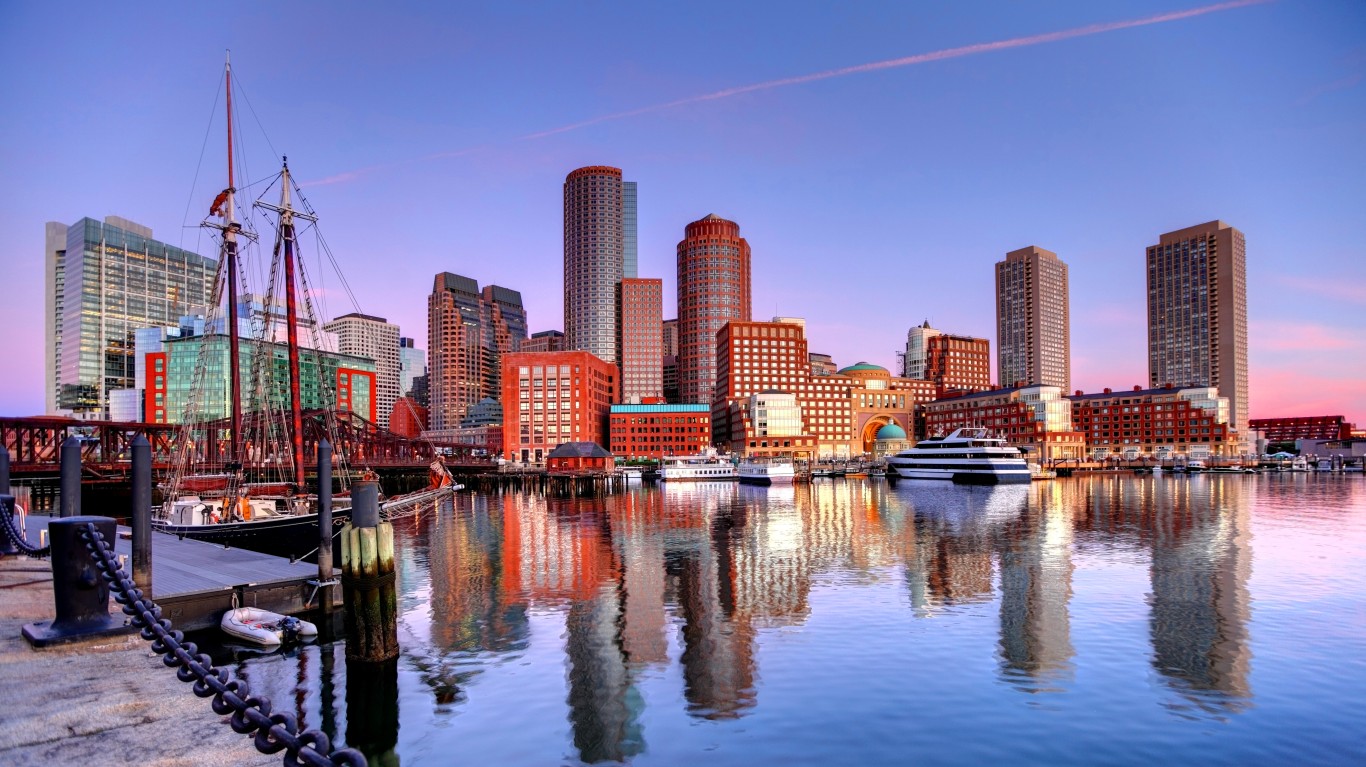
Here are the five Hard Seltzer brands to avoid as the trend slows to a crawl:
1. White Claw
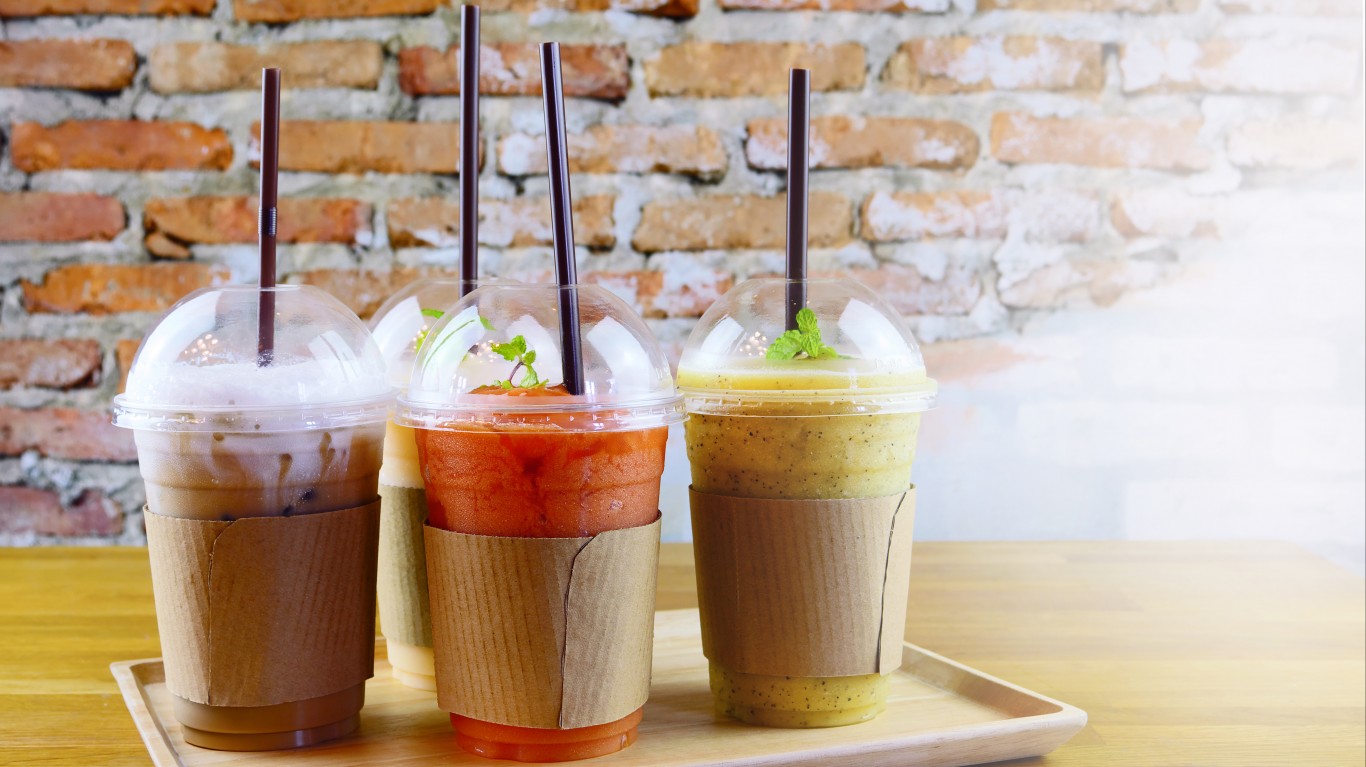
While still a consumer favorite, the rather dull taste and the desire for higher alcohol content have driven many away. Since most of the early sales were driven by internet hype, that, too, has worn off.
2. Truly

Although gluten-free, as the vodkas used by Truly are processed from corn, most vodka drinkers prefer mixing with club soda to save calories. Plus, the quality of the vodka used is hardly some top-shelf brand.
3. Hornitos
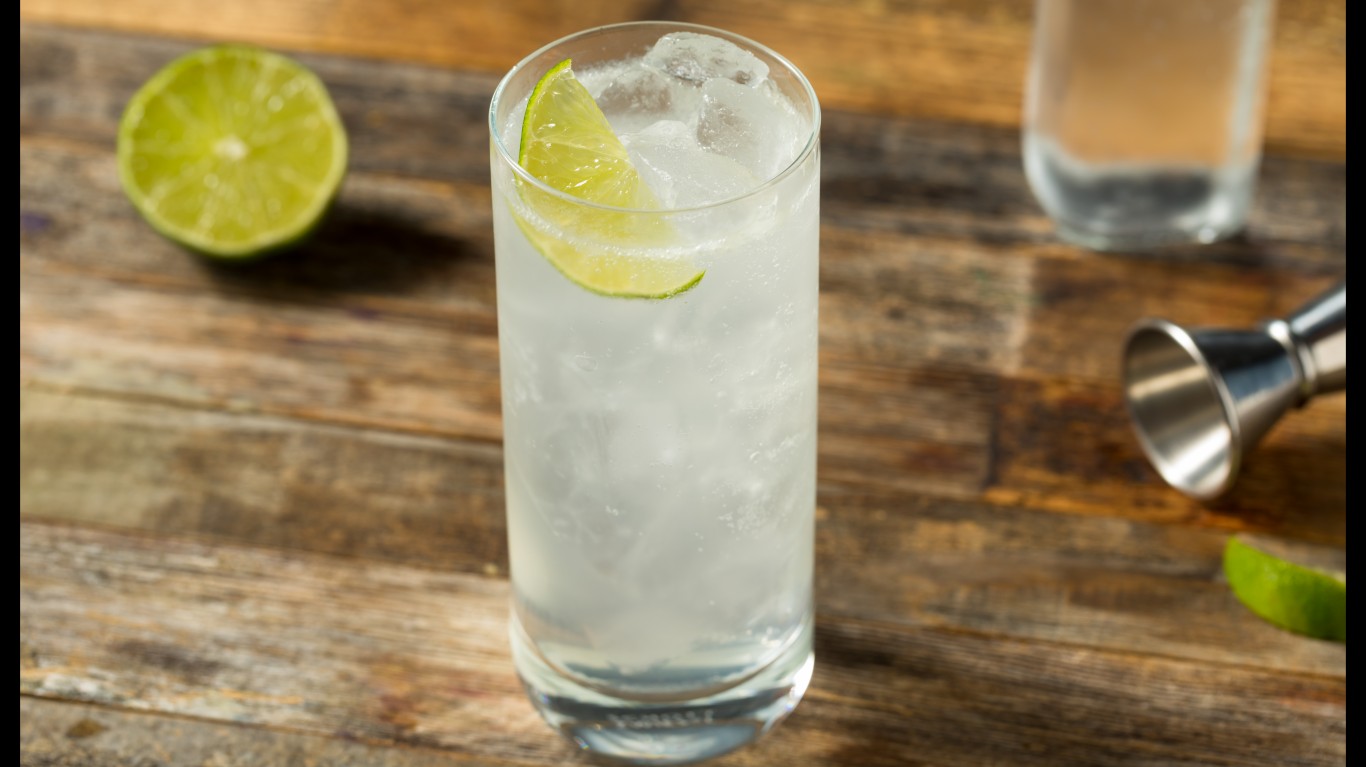
This alternative seltzer is made with the company’s branded tequila; those who reviewed the product feel like they would only drink one. Plus, reviewers didn’t like the tequila used in the seltzer, saying it left an after-taste they didn’t care about.
4. Vizzy

While many prefer Vizzy to White Claw, the Food and Drug Administration cracked down on Molson Coors, the product maker, in 2021 for misleading consumers about the Vitamin C and antioxidant content. So, this is hardly a “healthy” drink despite what people may tell you.
5. Flying Embers
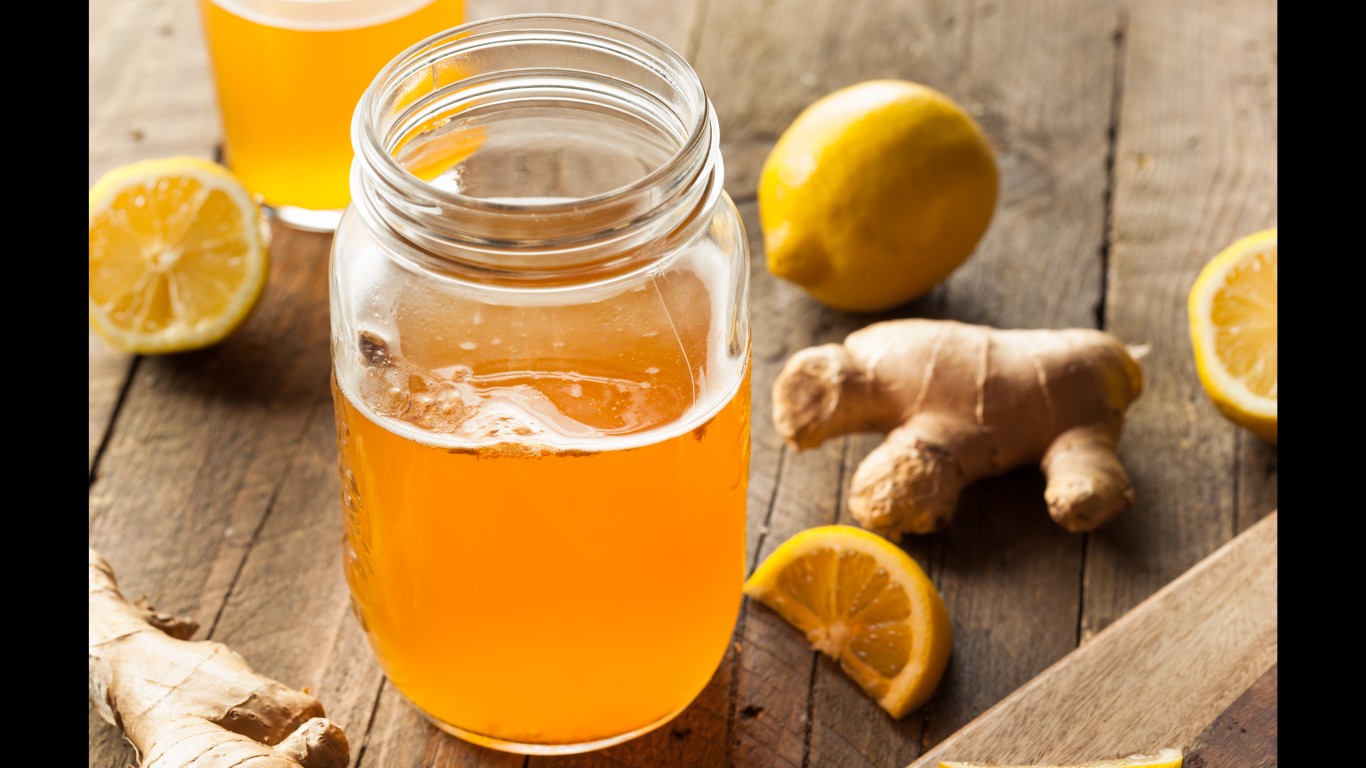
Many reviews indicated that this hard seltzer tasted more like a dry white wine than a flavorful, fruity seltzer. Pitched as a hard kombucha, traced back to 200 BCE, some maintain that it has become a popular alternative to beer and wine. Most of the reviews we saw didn’t agree.
It’s Your Money, Your Future—Own It (sponsor)
Retirement can be daunting, but it doesn’t need to be.
Imagine having an expert in your corner to help you with your financial goals. Someone to help you determine if you’re ahead, behind, or right on track. With SmartAsset, that’s not just a dream—it’s reality. This free tool connects you with pre-screened financial advisors who work in your best interests. It’s quick, it’s easy, so take the leap today and start planning smarter!
Don’t waste another minute; get started right here and help your retirement dreams become a retirement reality.
Thank you for reading! Have some feedback for us?
Contact the 24/7 Wall St. editorial team.


